CA Hemant P. Vastani
Section 49 provides for the following:
1. Methodology or mode of payment of tax, interest, penalty, fee or any other amount by a taxable person,
2. This Section prescribes three kinds of ledgers to be maintained by the taxable person.
(b) Electronic Input Tax Credit Leger or Electronic Credit Ledger;
(c) Electronic Tax Liability Register.
3. The Section further provides for availability of credit in the Cash Ledger or the credit ledger depending on the payment made by the taxable person.
4. It provides for utilization of credit and also prescribes the method of cross utilization of credit
5. Transfer of input tax credit from UTGST to IGST account when UTGST is utilized for payment of IGST; similar provisions are there in SGST Act also
A. ELECTRONIC CASH LEDGER:
1. Deposit of Tax, interest, penalty, fee or any other amount by a taxable person can be made by the following modes:-
— Internet Banking
— Credit /Debit cards
— National Electronic Fund Transfer (NEFT)
— Real Time Gross Settlement (RTGS)
— Over the Counter payment (OTC) through authorized banks for deposits up to ten thousand rupees per challan per tax period,
— Any Other Mode as may be prescribed.
2. The ‘deposit’ made will be credited to the Electronic Cash Ledger of the taxable person. This ledger shall be maintained in FORM GST PMT-05
3. Any person, or a person on his behalf, shall generate a challan in FORM GST PMT-06 on the Common Portal and enter the details of the amount to be deposited by him towards tax, interest, penalty, fees or any other amount
4. The challan in FORM GST PMT-06 generated at the Common Portal shall be valid for a period of fifteen days
5. Any payment required to be made by a person who is not registered under the Act, shall be made on the basis of a temporary identification number generated through the Common Portal
6. Date of credit into the account of the Government is deemed to be the date of deposit
7. On successful credit of the amount to the concerned government account maintained in the authorised bank, a Challan Identification Number (CIN) will be generated by the collecting Bank and the same shall be indicated in the challan
8. The amount available in the Electronic Cash Ledger may be used for making any payment towards tax, interest, penalty, fees or any other amount payable under the provisions of the Act or Rules.
9. Any amount deducted under section 51 (TDS by Central / State Government or local authority or Government Agencies) or collected under section 52 (TCS by e-commerce operator) and claimed in FORM GSTR-02 by the registered taxable person from whom the said amount was deducted or, as the case may be, collected shall be credited to his electronic cash ledger
B. ELECTRONIC CREDIT LEDGER
1. Section 49(2) of the CGST Act provides that the self-assessed Input Tax Credit as per return filed by a taxable person shall be credited to its Electronic Credit Ledger.
2. This ledger shall be maintained in FORM GST PMT-02 for each registered person eligible for input tax credit under the Act on the Common Portal and every claim of input tax credit under the Act shall be credited to the said Ledger.
3. The Electronic credit ledger may include the following:
— ITC on inward supplies from registered tax payers.
— ITC available based on distribution from input services distributor (ISD).
— ITC on Input of Stock held/ semi-finished goods or finished goods held in stock on the day immediately preceding the date from which the taxpayer became liable to pay tax Provided he applies for registration within 30 days from the date of his liability.
— Permissible ITC on inputs held in stock and inputs contained in semi- finished or finished goods held in stock on the day of conversion from composition scheme to regular tax scheme.
– ITC eligible on payment made on reverse charge basis
4. A registered person shall, upon noticing any discrepancy in his electronic credit ledger, communicate the same to the officer exercising jurisdiction in the matter, through the Common Portal in FORM GST PMT-04
COMMON POINTS FOR ELECTRONIC CASH & CREDIT LEDGER
1. Where a person has claimed refund of any amount from the electronic cash or credit ledger, the said amount shall be debited to the electronic cash or credit ledger
If the refund so claimed is rejected, either fully or partly, the amount debited earlier to the extent of rejection, shall be credited to the electronic cash or credit ledger by the proper officer by an order made in FORM GST PMT-03.
MANNER OF UTILISATION OF ITC AND CROSS UTILIZATION
1. The Electronic Credit Ledger has only three Major Heads of Credit:
| Input tax | Output tax |
| IGST | IGST CGST SGST |
| CGST | CGST IGST |
| SGST | SGST IGST |
| UTGST | UTGST IGST |
2. Hence cross-utilization of credit is available only as above in that order. The main restriction is that the CGST credit cannot be utilized for payment of SGST or UTGST and vice versa
3. Sub-Section (6) provides that the balance in the cash or credit ledger after payment of tax, interest, penalty, fee or any other amount may be refunded in accordance with the provisions of section 54 (dealing with refunds)
4. A unique identification number shall be generated at the Common Portal for each debit or credit to the electronic cash or credit ledger, as the case may be. The said UIN must be used to discharge tax liability.
C. TAX LIABILITY LEDGER:
1. Tax Liability Ledger is required to be maintained electronically for all liabilities of a taxable person in FORM GST PMT-01.
2. This ledger shall be debited by the following amounts (liability is created by debiting)
— the amount payable towards tax, interest, late fee or any other amount payable as per the return furnished by the said person;
— the amount of tax, interest, penalty or any other amount payable as determined by a proper officer in pursuance of any proceedings under the Act or as ascertained by the said person;
— the amount of tax and interest payable as a result of mismatch under section 42 or section 43 or section 50; or any amount of interest that may accrue from time to time








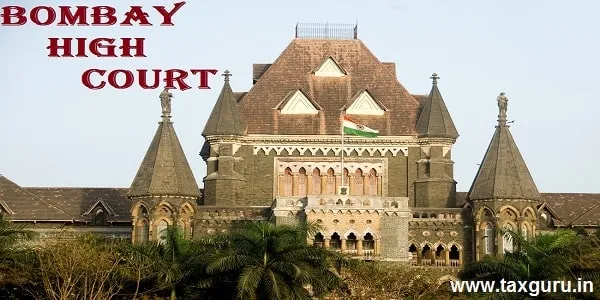

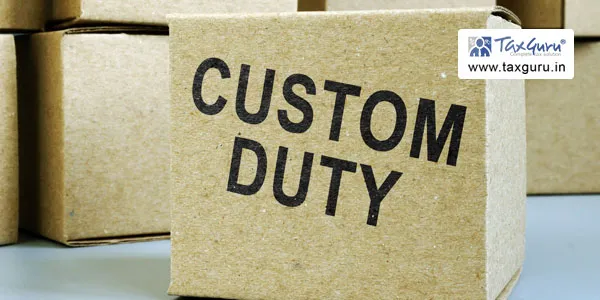


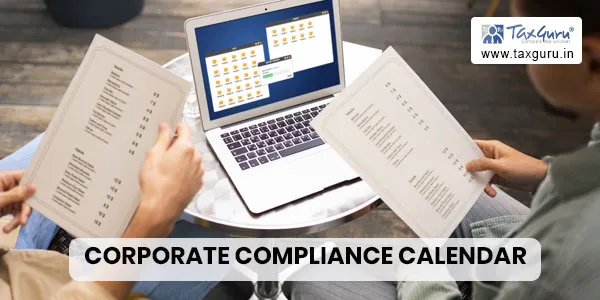

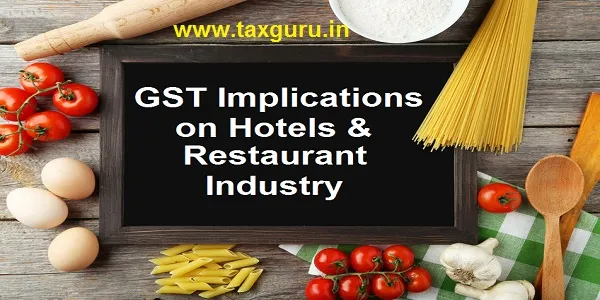



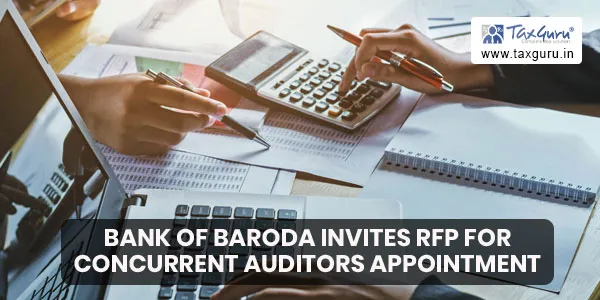
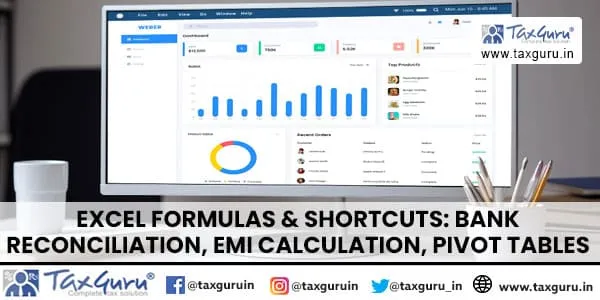
The services Tab is not activated after Login .Hence unable to Access GSTR 3b